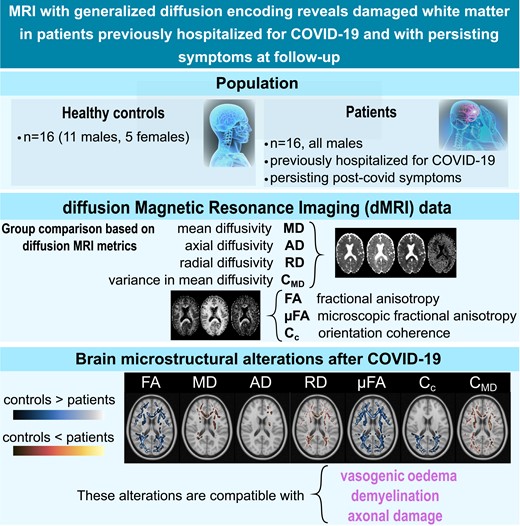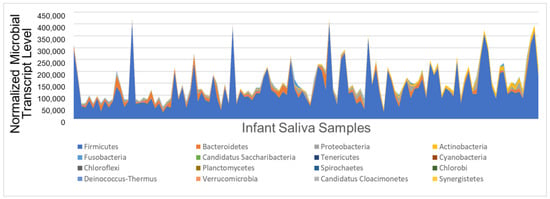2023-12-11 カリフォルニア大学サンタバーバラ校(UCSB)
◆UCサンタバーバラのトーマス・ワイムス生物学者率いる国際的な研究グループによるこの試験では、ケトーシスとして知られる断食応答が疾患の特徴である嚢胞に対してどのように影響するかを調査しました。ケトーシス環境では嚢胞の成長が抑制され、初めてヒトでこの効果が確認されました。研究結果は、PKD患者にとって品質を低下させる痛みを引き起こし、しばしば透析と腎移植が必要となる進行性の遺伝性疾患を制御する新しい可能性を示しています。
<関連情報>
- https://news.ucsb.edu/2023/021294/clinical-trial-proves-ketogenic-diet-effective-controlling-polycystic-kidney-disease
- https://www.cell.com/cell-reports-medicine/fulltext/S2666-3791(23)00477-9
多発性嚢胞腎におけるケトジェニック食事介入の可能性と影響: KETO-ADPKD-ランダム化比較試験 Feasibility and impact of ketogenic dietary interventions in polycystic kidney disease: KETO-ADPKD—a randomized controlled trial
Sadrija Cukoski,Christoph Heinrich Lindemann,Sita Arjune,Polina Todorova,Theresa Brecht,Adrian Kühn,Simon Oehm,Sebastian Strubl,Ingrid Becker,Ulrike Kämmerer,Jacob Alexander Torres,Franziska Meyer,Thomas Schömig,Nils Große Hokamp,Florian Siedek,Ingo Gottschalk,Thomas Benzing,Johannes Schmidt,Philipp Antczak,Thomas Weimbs,Franziska Grundmann,Roman-Ulrich Müller
Cell Reports Medicine Published:November 06, 2023
DOI:https://doi.org/10.1016/j.xcrm.2023.101283
Highlights
•Ketogenic diets are feasible for patients with polycystic kidney disease (ADPKD)
•Ketogenic diets (KD) reduce body weight, primarily changing fat mass
•KD increase glomerular filtration rate (not observed upon repetitive water fasting)
•Future key aim: a long-term trial to confirm sustainable benefits and safety of KD
Summary
Ketogenic dietary interventions (KDIs) are beneficial in animal models of autosomal-dominant polycystic kidney disease (ADPKD). KETO-ADPKD, an exploratory, randomized, controlled trial, is intended to provide clinical translation of these findings (NCT04680780). Sixty-six patients were randomized to a KDI arm (ketogenic diet [KD] or water fasting [WF]) or the control group. Both interventions induce significant ketogenesis on the basis of blood and breath acetone measurements. Ninety-five percent (KD) and 85% (WF) report the diet as feasible. KD leads to significant reductions in body fat and liver volume. Additionally, KD is associated with reduced kidney volume (not reaching statistical significance). Interestingly, the KD group exhibits improved kidney function at the end of treatment, while the control and WF groups show a progressive decline, as is typical in ADPKD. Safety-relevant events are largely mild, expected (initial flu-like symptoms associated with KD), and transient. Safety assessment is complemented by nuclear magnetic resonance (NMR) lipid profile analyses.
Graphical abstract



